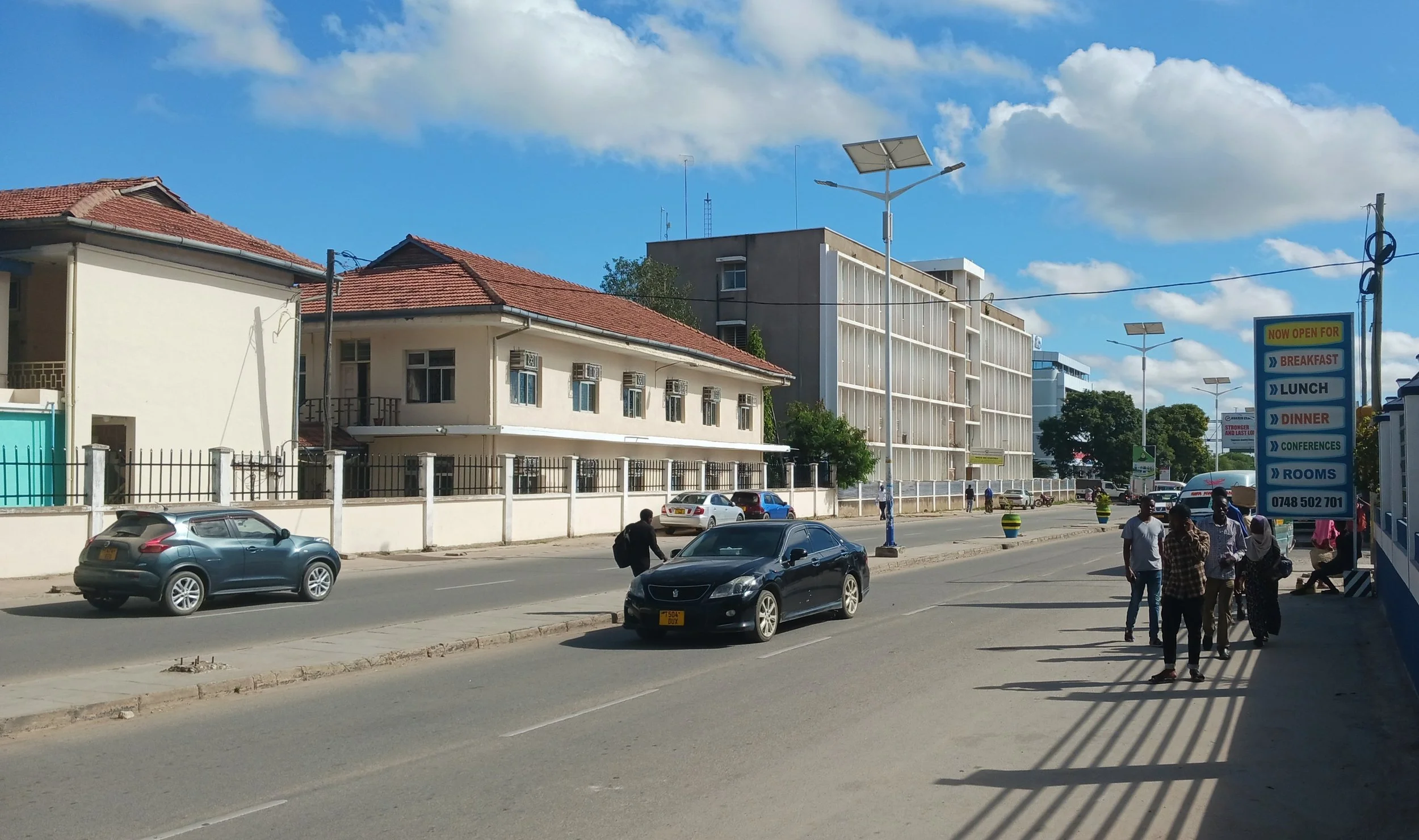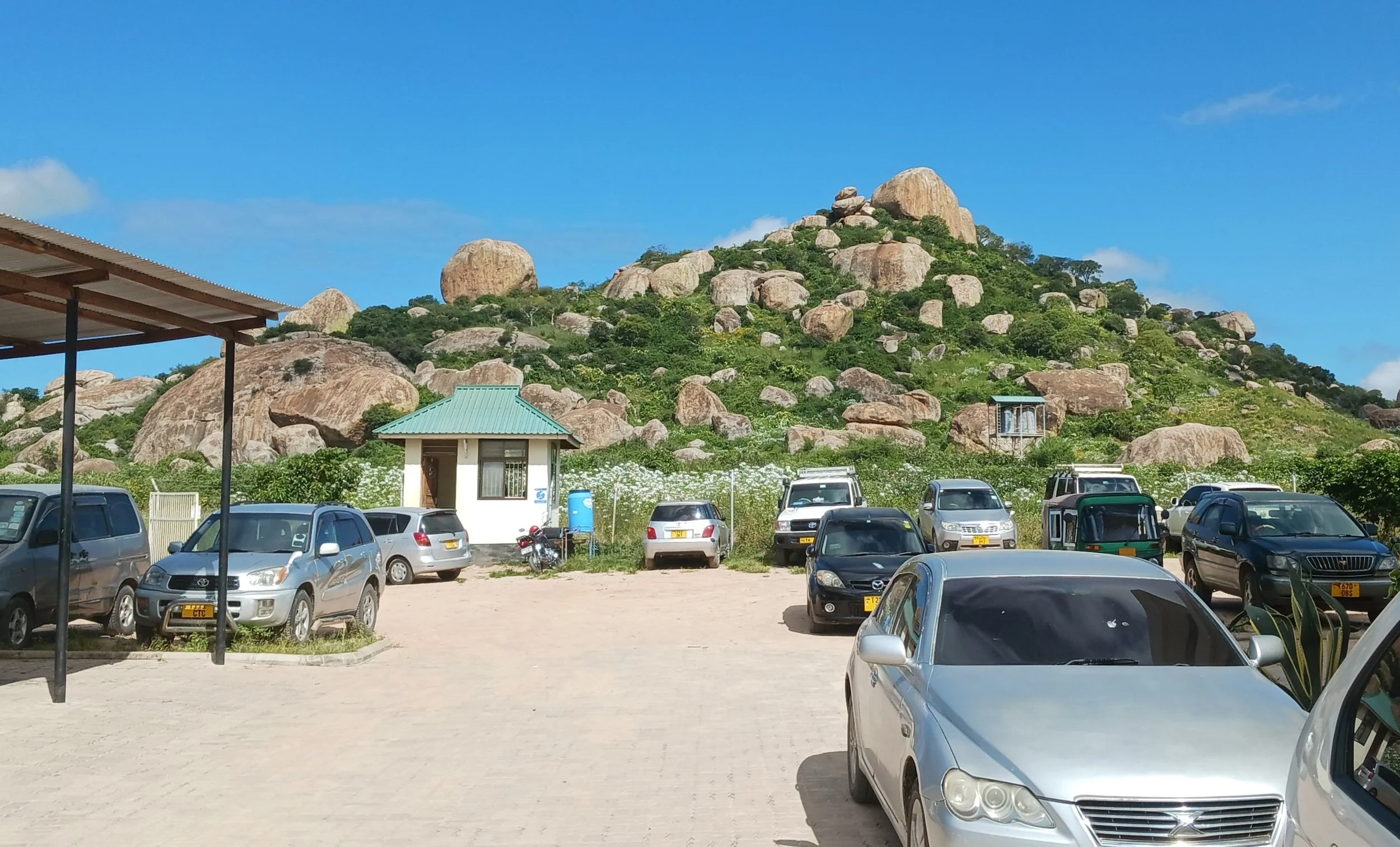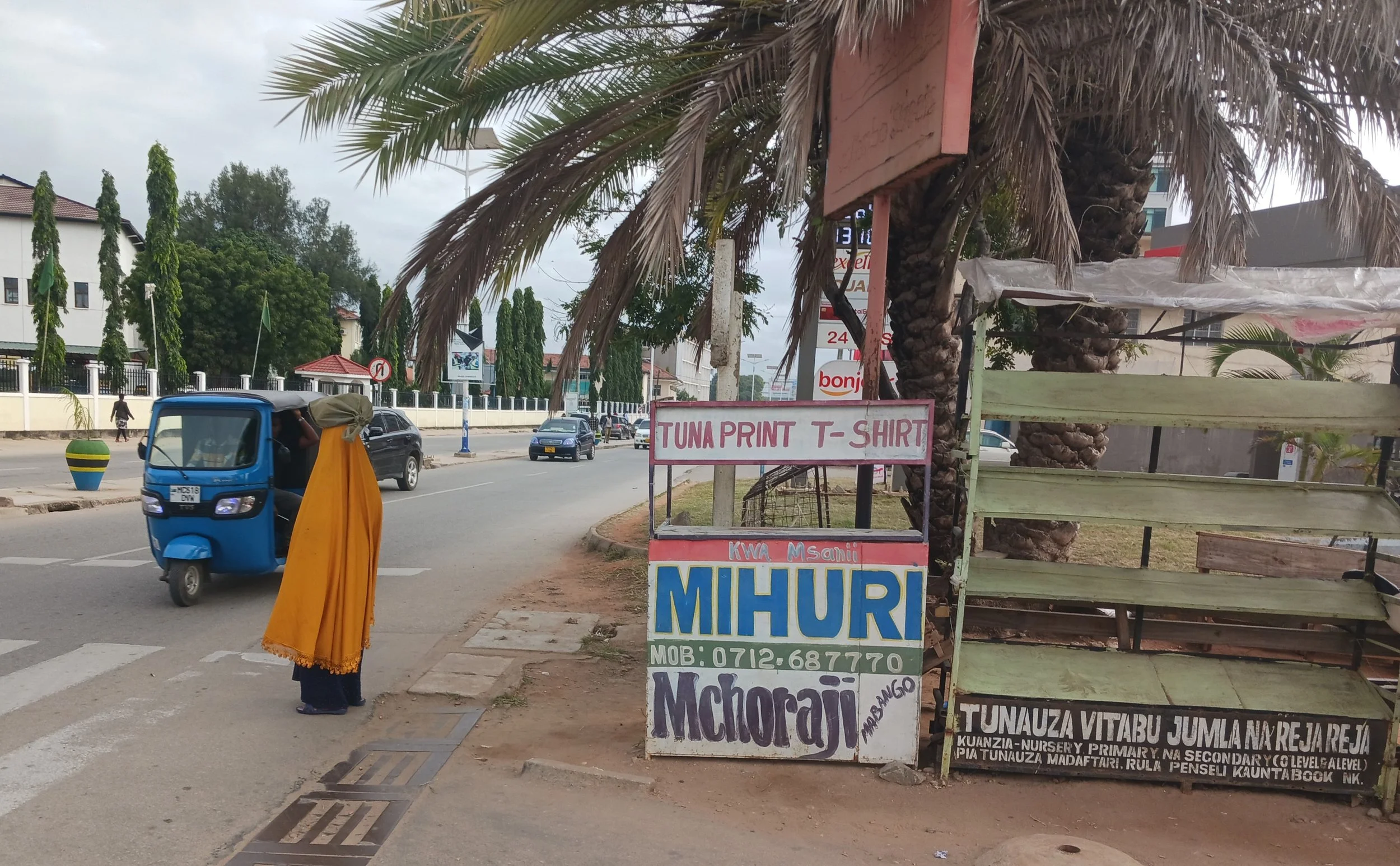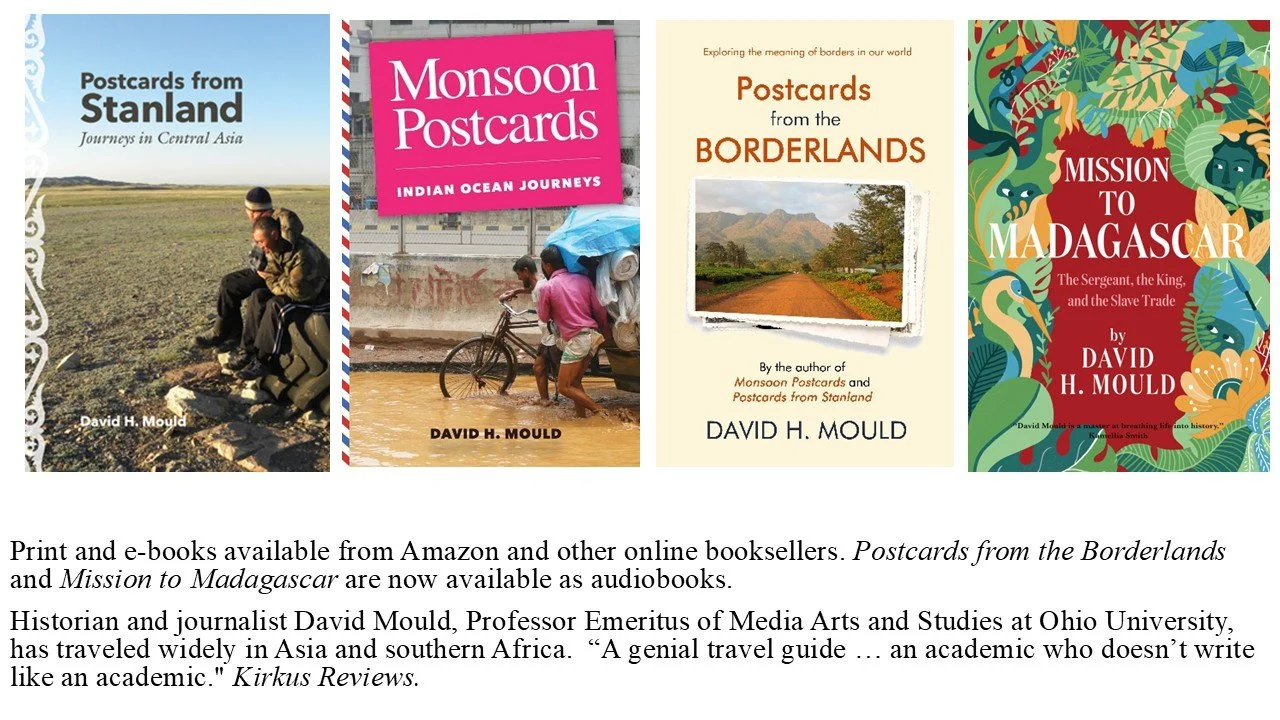“How long will it take to drive to this government department?” My University of Dar es Salaam colleague pulled up the location on his phone.
“Maybe 30 minutes,” said the hotel desk clerk.
I paused, waiting for the inevitable “but it depends on the traffic” caveat. It did not come so I prompted.
“What about the traffic?”
The clerk smiled. “There is no traffic,” she said.
That is not literally true. Dodoma, the political capital of Tanzania, has cars, including the sleek, black SUVs carrying senior government officials, trucks, motorbikes and bajaj, the three wheeled auto-rickshaws, on its streets. What she meant was that we would not be delayed by traffic.
The main drag outside the Best Western hotel
It was a welcome contrast to Dar es Salaam, where precise calculations of travel time are based on the time of day, location of road construction projects, and predicted amount of rainfall that leads to roadways flooding.
In short, Dodoma has what in the college town of Athens, Ohio, we called the “rush minute,” which consisted of short delays at traffic lights.
Dodoma’s population has more than doubled over the last 20 years to 320,000, but it’s a low-rise city, spreading out in every direction across the a scrubby plain dotted with low, rocky hills.
Except in the downtown area, few buildings are more than two stories; as far as I could tell, the tallest buildings were the Best Western Hotel, where we were staying, and the minaret of a mosque two blocks away. Because the buildings are so spread out, so are the vehicles. There’s a sleepy, country town feel to the place.
Your first clue comes when you arrive on the flight from Dar (the only city to which Dodoma has a flight). The single-story airport terminal has a single luggage carousel. The departure lounge, in square footage about that of the ground floor of a ranch home (including the patio), has a tiny food stall selling tea and samosas. I wondered why an airport that handles only one flight at a time needed three departure gates but was too polite to ask.
A larger “international airport” is under construction about 15 miles to the southeast near the new government complex of Magufuli City, but for now all traffic is handled through the downtown airport.
The drive to the government department, as the clerk had predicted, took less than half an hour, the first 20 minutes on two-lane roads, the last 10 on a dirt road. It was a fine, sunny day, but when it rains the reddish-yellow soil will turn to mud, and the driving is more difficult.
Main drag in Dodoma
The next day, my colleague Ami Sengupta and I strolled back to the hotel after an early morning meeting at a downtown government office. This part of the downtown area is called Uhindini, a reference to the large number of Indian and South-Asian-owned commercial businesses. We passed restaurants, hardware stores, groceries, dry-cleaning stores, tailors, newspaper stands and a couple of casinos.
Bajaj drivers stopped to ask if we needed a ride. When we said no, they just smiled. So did the boda boda (motorcycle taxi) riders, hanging out by the park. After the noise and chaotic traffic of Dar, it felt good to just be strolling in a quiet downtown area.
How long this comparative peace will last is another question. Since Dodoma was designated as the capital in 1974, its population has roughly doubled every 20 years. That pace of growth is likely to increase as government ministries open in Magufili City. Major corporations will move their headquarters to Dodoma, or at least open a large office, to be within easy lobbying distance. The capital city will need more schools, hospitals, and commercial businesses. The country town ambience will not last long.








